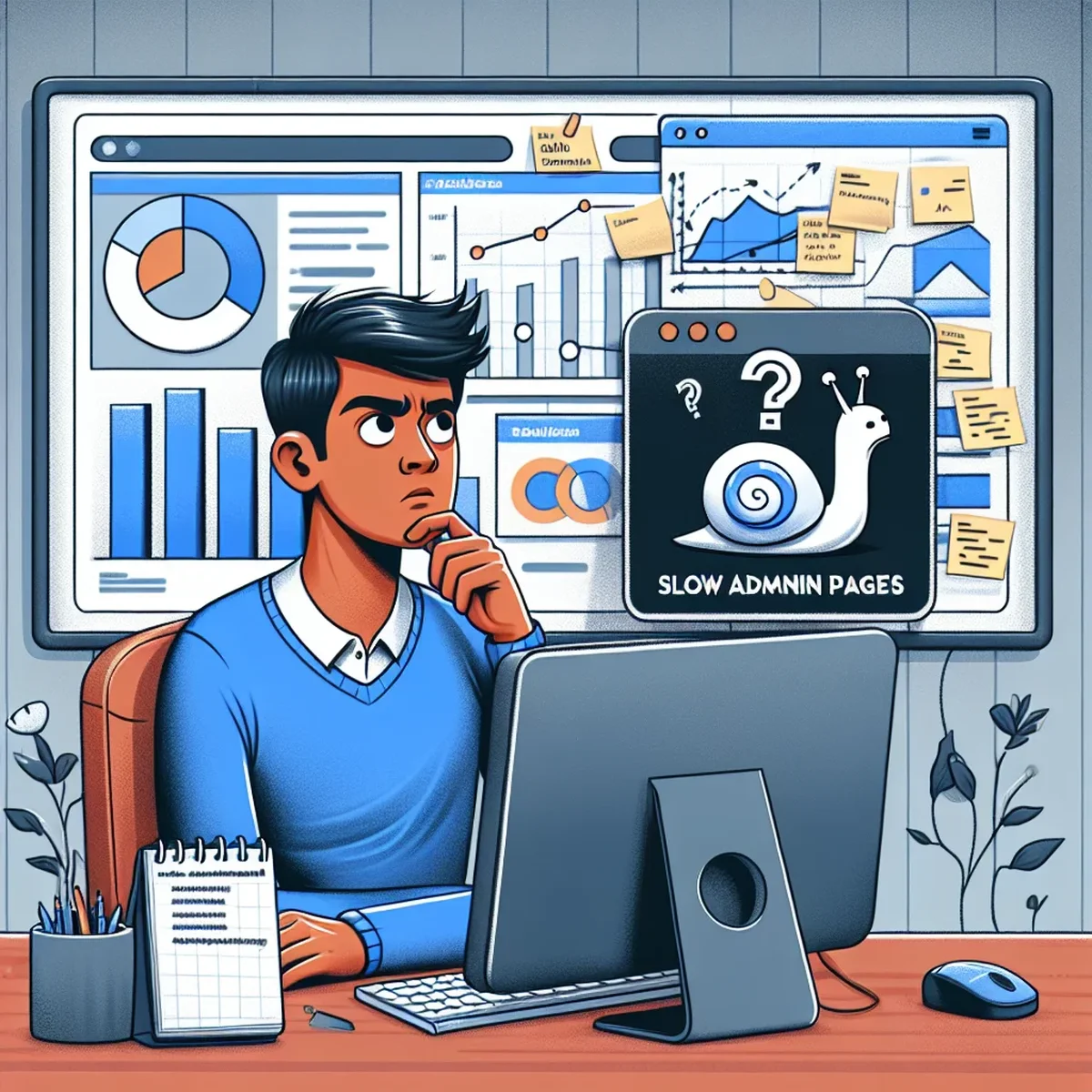Optimize WordPress Performance: How to Track and Improve Slow Admin Pages

Experiencing slow admin pages can be a significant hindrance to productivity, affecting everything from content updates to overall site management. For digital business owners and marketing agency professionals, an efficiently running WordPress admin panel is essential. This guide will walk you through identifying bottlenecks and implementing practical solutions to enhance the performance of your WordPress admin pages.
Why Admin Page Speed Matters
Speed is a critical component of website management. Slow admin pages can lead to longer task completion times, decreased efficiency, and increased frustration. Moreover, it can affect your SEO as Google considers site speed a ranking factor—even for the admin areas, as they reflect the overall health of your site.
Identifying Slow Admin Pages
The first step in solving any problem is identifying it. For WordPress admin pages, several tools can help you pinpoint the source of slowness:
Use Developer Tools
Most modern browsers come equipped with developer tools, which can be invaluable for diagnosing slow loading times. The Network tab, for instance, will show you how long each component of your admin page takes to load.
Profiling Plugins
Plugins like Query Monitor or P3 (Plugin Performance Profiler) offer an in-depth look at how each plugin affects your page load times. These tools are instrumental in highlighting inefficient plugins or themes that could be impacting performance.
Strategies for Speeding Up Admin Pages
Once you've identified the culprits, it's time to implement strategies to enhance performance:
Optimize Your Database
Over time, a WordPress database can become bloated with post revisions, transients, and other data. Using a plugin like WP-Optimize can help clean up your database, removing unnecessary data and speeding up your admin pages.
Reduce Plugin Load
Evaluate the plugins you have installed and deactivate or delete any that are unnecessary or unused. Each plugin adds a load to your server, and minimizing this can significantly improve performance.
Implement Caching
While caching is often thought of for the front end, certain caching solutions can also speed up your WordPress admin. Object caching, for example, can help by storing database query results and reusing them when the same query is called again, thereby reducing the time needed to load a page.
Choose a Robust Hosting Solution
Sometimes, the issue might not be with WordPress or your plugins but with your hosting environment. Upgrading to a more powerful hosting solution, like managed WordPress hosting, can provide more resources and better performance for both front-end and admin pages.
Regular Maintenance Is Key
Keeping your WordPress site well-maintained is crucial for ongoing performance. Regular updates, backups, and checks will help ensure that your admin area remains as efficient as possible. Scheduled clean-ups and audits can prevent potential slowdowns before they become significant issues.
By taking these steps, you can dramatically improve the speed and efficiency of your WordPress admin pages, leading to a more productive management experience and a healthier, more robust website. Remember, a fast-loading admin area is just as important as a quick front end for maintaining optimal SEO rankings and providing a better user experience.
FAQ
- What tools can help identify slow admin pages in WordPress?
- Tools like Query Monitor and the P3 (Plugin Performance Profiler) can provide detailed insights into which plugins and processes are slowing down your WordPress admin pages.
- How can I improve the load time of my WordPress admin?
- Optimizing your database, reducing plugin load, and using a caching solution are effective strategies to improve the performance of your WordPress admin pages.